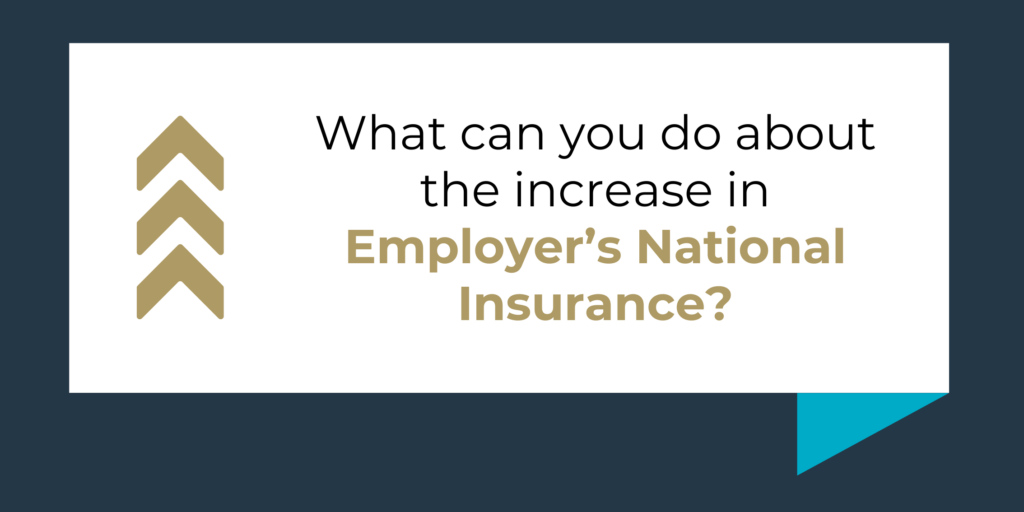Closing a Limited company – The implications of new TAAR
Phoenixing is the act of placing a company into liquidation to extract the profits from the company as a capital distribution and incorporating a new company to continue to same trade.
Upon a capital distribution the shareholders would pay capital gains tax at 10% or 20% on any residual profits of the company. The alternative would be to draw the residual profits as income which would be taxed at dividend taxations rates of 7.5%, 32.5% or 38.1%. If this process is repeated a number of times a considerable tax advantage could be obtained.
Therefore HM Revenue & Customs have introduced new targeted anti avoidance rules (TAAR) to combat phoenixing. From 6 April 2016 distributions from winding up a company will be charged as income tax if the following four conditions are met:
- The company is a close company
- The individual owns at least 5% of the shares
- Within two years of the distribution, the individual carries on the same or similar trade or activity of the liquidated company; and
- The main purpose, or one of the main purposes, of the transaction is to obtain a tax advantage
As points 1 – 3 are factual, the only challenge HM Revenue & Customs will have will be in respect of point 4.
There is not presently a clearance procedure for the TAAR, however HMRC have issued a number of examples to illustrate how the above tests may be applied which are available to view on their website.
The process by which HMRC can seek to overturn a tax advantage has been simplified and is now very similar to the self-assessment enquiry process. HMRC will enquire into a transaction if they believe the TAAR applies by issuing an enquiry notice. Following this, if HMRC deem that a tax advantage has been obtained then they will adjust the return accordingly.
If you would like further advice on winding up a company or the implications of the new TAAR please contact your local Perrys branch.
Article written by Zoe Gibbons







